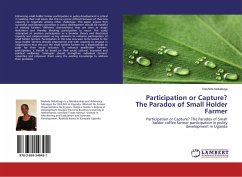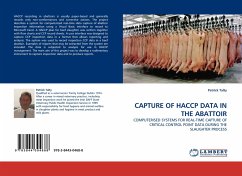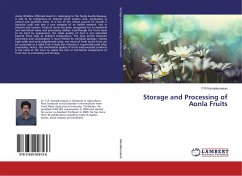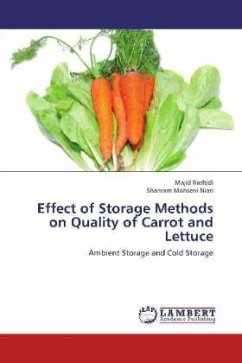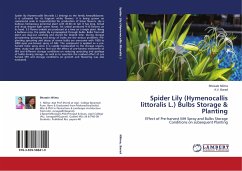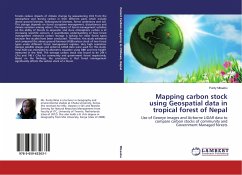
Carbon Capture and Storage
A Specific Study on Ocean Storage Technologies
Versandkostenfrei!
Versandfertig in 6-10 Tagen
24,99 €
inkl. MwSt.

PAYBACK Punkte
12 °P sammeln!
This book was framed to reduce the accumulation of CO2 concentration in the earth by means of different Carbon Capture and Storage technologies (CCS). CCS involves the capturing of CO2 from large point sources to a storage site. The major and prominently used technologies for CCS systems are Geological Storage, Ocean Storage, Mineral Carbonation and Industrial Use of CO2. Basically ocean takes up atmospheric CO2 on an enormous scale approximately 7 billion metric tons of CO2 per year absorbing it at the surface and transferring it to the deep waters, out of contact with the atmosphere for cent...
This book was framed to reduce the accumulation of CO2 concentration in the earth by means of different Carbon Capture and Storage technologies (CCS). CCS involves the capturing of CO2 from large point sources to a storage site. The major and prominently used technologies for CCS systems are Geological Storage, Ocean Storage, Mineral Carbonation and Industrial Use of CO2. Basically ocean takes up atmospheric CO2 on an enormous scale approximately 7 billion metric tons of CO2 per year absorbing it at the surface and transferring it to the deep waters, out of contact with the atmosphere for centuries. So, compared to the carbon reservoirs on land and in the atmosphere, the oceans have an enormous and under-utilised potential to sequester anthropogenic CO2 by possible methodologies likes Geological Formations under the Seabed, On the Seafloor and Water Column of the Deep Ocean. Before going for ocean storage technology the steps to be taken for consideration is biological consequences, government interventions, public acceptance and climate change.



